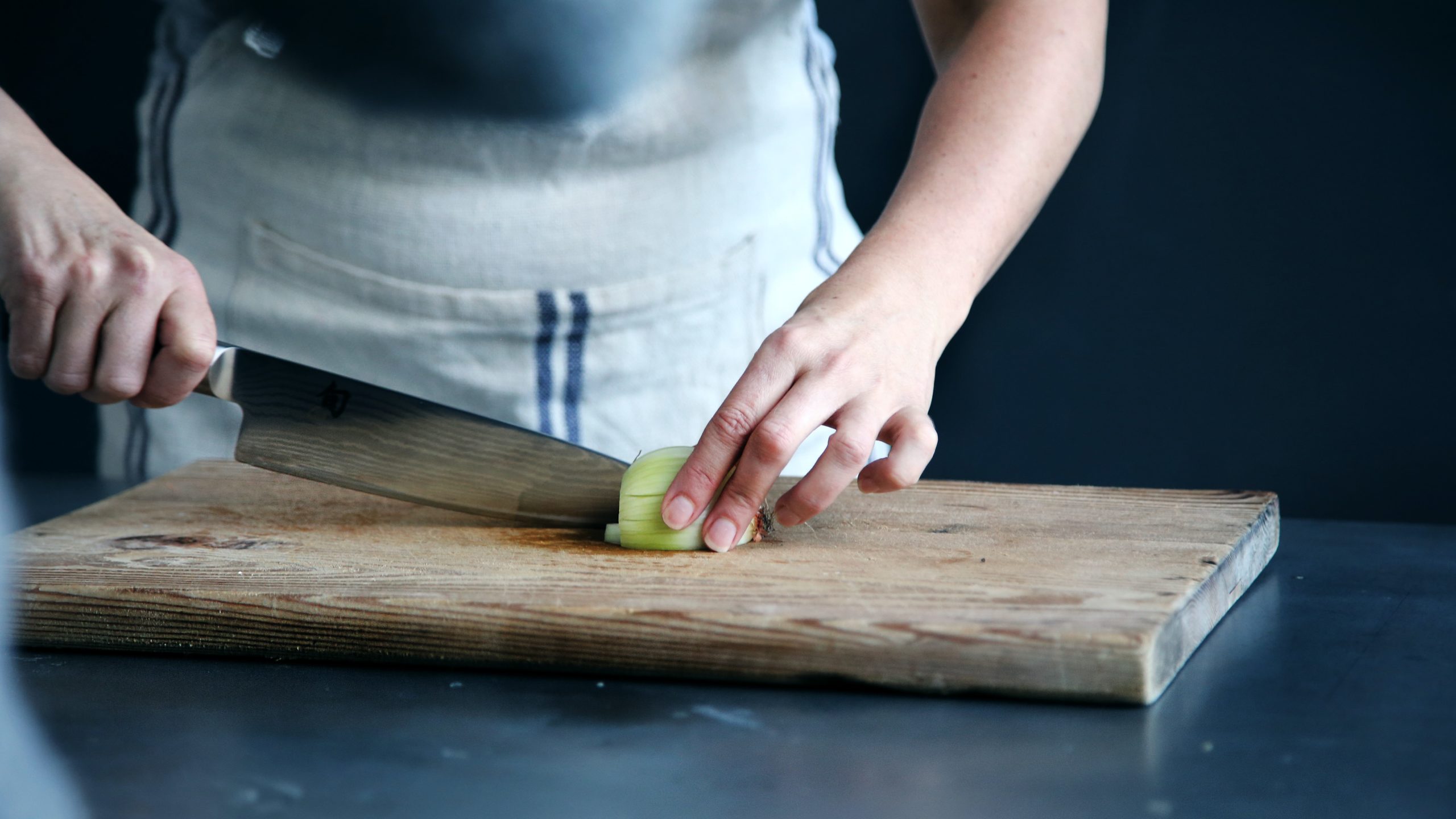Featured image from Caroline Attwood.
Updated on February 7, 2020
Food content has always been important to media and editorial outlets. From quick meals for one, to intricate four course dinners, food is one of the most popular recurring sections in magazines up and down the store aisles. Due to the boom of the internet and social media, food content has begun to shift platforms.
Now, recipe videos flood Facebook newsfeeds and have their own category on Pinterest. The New York Times and Tasty by BuzzFeed have been using these videos as a way to solidify their brands, while still appealing to their audiences.
Branding & Style
The New York Times has been branded as a quality and professional source of information to its readers, and its food channel follows this same style. Many of their recipes are geared towards the seasoned chef, and are more sophisticated than your average mac ‘n’ cheese. Their decadent dishes include meals like Roast Lamb, Caramelized Apple Tarte Tatin, and Summer Vegetable Gratin. While these dishes may appear complicated to the beginner chef, the Times takes great measures to make their videos as clear and understandable as possible.
However, their channel is not just for recipe. Additionally, they share tips and tricks videos and news reporting content about growth and changes in the food industry. Chef Melissa Clark is often featured on their channel. Clark’s videos have a cooking show style to them. Clark explains in further detail how to create the recipe, with some talking-head interviews in between.
The New York Times also provides branded documentaries about different chefs and farmers. These branded documentaries align with the news outlet’s roots in journalism.
BuzzFeed uses their food videos as a branding tool as well, a branding tool that conforms with their defined style. BuzzFeed’s food section, Tasty, has its own channel, with specific types of recipes in different playlists. Their videos have a casual, up-beat tone. Many of the Tasty recipes emphasize on-the-go, easy, and one-pot recipes.
They also feature branded content like cook-offs and “which way is best?” videos. These videos match the typical BuzzFeed video style, similar to their infamous Try-Guys.
How They Differ
From a video production perspective, the videos are framed and filmed in different ways. The New York Times videos have more movement in their video style. They cut to different angles and use slow zoom and pan techniques to add a calm, sophisticated tone. The music in the videos often matches both the professional New York Times style and the type of dish being prepared.
RELATED: BRANDED CONTENT THAT WORKS
The Tasty videos differ in that most of them are fixed on a single spot. The videos playback at a quicker pace than recorded, usually with fun, bright music in the background that matches the BuzzFeed brand. The majority of the Tasty videos on social media are about a minute long. All of the Tasty recipe videos in general range from under a minute to about five minutes, while the NYT videos can range from a minute and a half to 30 minutes.
Why They Work For Their Audiences
BuzzFeed and NYT have distinctly different audiences.
BuzzFeed is geared more towards teens and young adults. Not only are many of their recipes quick and easy, but they target recipe types like fun cocktails. BuzzFeed’s audiences are extremely active on social media, and they know this. Their videos are found all over their Tasty Facebook and Pinterest pages. They are easily shareable and autoplay on social media feeds.
The New York Times audience is different. The Times is a serious news outlet and that’s the type of content their audiences are looking for. Their videos are available on the NYT Facebook page, but not on their Pinterest page. Their Pinterest page only provides links to the recipes on the NYT website.
Though the Times doesn’t share their videos on social media the same way BuzzFeed does, this doesn’t mean their strategy is ineffective. The NYT audience may not be as active on social media as the BuzzFeed audience is.
The recipes themselves are specifically targeted. Recipes in the Times are often larger servings, knowing that their videos are most likely reaching people cooking meals for their families or larger parties. The Tasty videos are smaller servings, geared at single, young professionals, or those cooking meals for two — themselves and their significant other. Even ingredients are carefully chosen. Tasty videos make sure to use more affordable ingredients in their recipes, with only a few having expensive main dishes, like a steak dinner for two.
Overall, these video recipes get the message across to their respective audiences. The importance in creating and marketing these videos is in the type of recipes, who they want to reach, and how and where they can be shared.
Katie Murray, Marketing and Communications at Green Buzz Agency.
Emily Herman contributed to this article.
